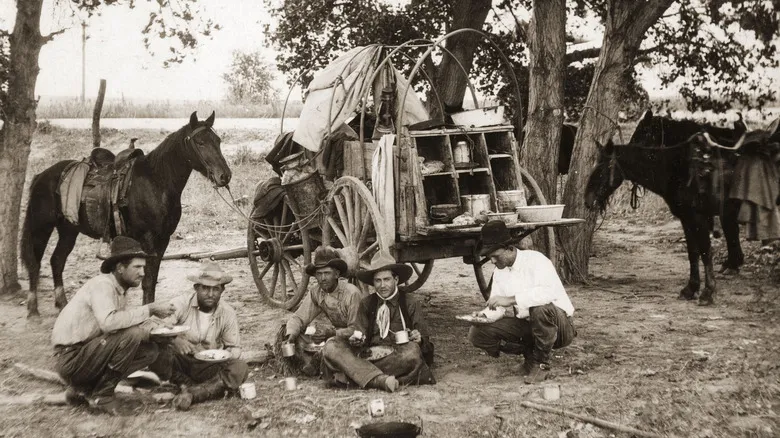The history behind the margarine ban

Despite the widespread disdain for margarine, its creation was driven by necessity. Originally developed in the 1860s in France as an affordable substitute for butter during a time of scarcity, the first margarine was a mixture of beef tallow and churned milk. Today, modern margarine is classified by the state of Delaware as a combination of various fats and oils designed to mimic the appearance and texture of genuine yellow butter.
This budget-friendly alternative made its way to the United States in 1871. Its lower cost posed a threat to butter sales and the livelihoods of dairy farmers. In response, the dairy industry and various states acted swiftly: by 1877, seven states had enacted a complete ban on margarine, while regulations were established in 17 others. Wisconsin was the last state to lift its total ban on margarine in 1967. Although margarine can now be legally purchased in every state, a few states still enforce regulations similar to those in Delaware.
When margarine first entered the U.S. market, it was regarded as a lesser product compared to butter. Many consumers today may still share this view, and they deserve to know whether they are consuming the genuine article (at least in certain states).
Recommended

5 Tips For Eating Korean Barbecue For An Unforgettable Meal

New England's Clam Roll Is The Lobster Roll's Lesser-Known, Deep-Fried Cousin

Pennsylvania Is Home To Some Of The Best Pretzels In The US

The Origin Of The Food Truck Started In The Pioneer Days
Next up

